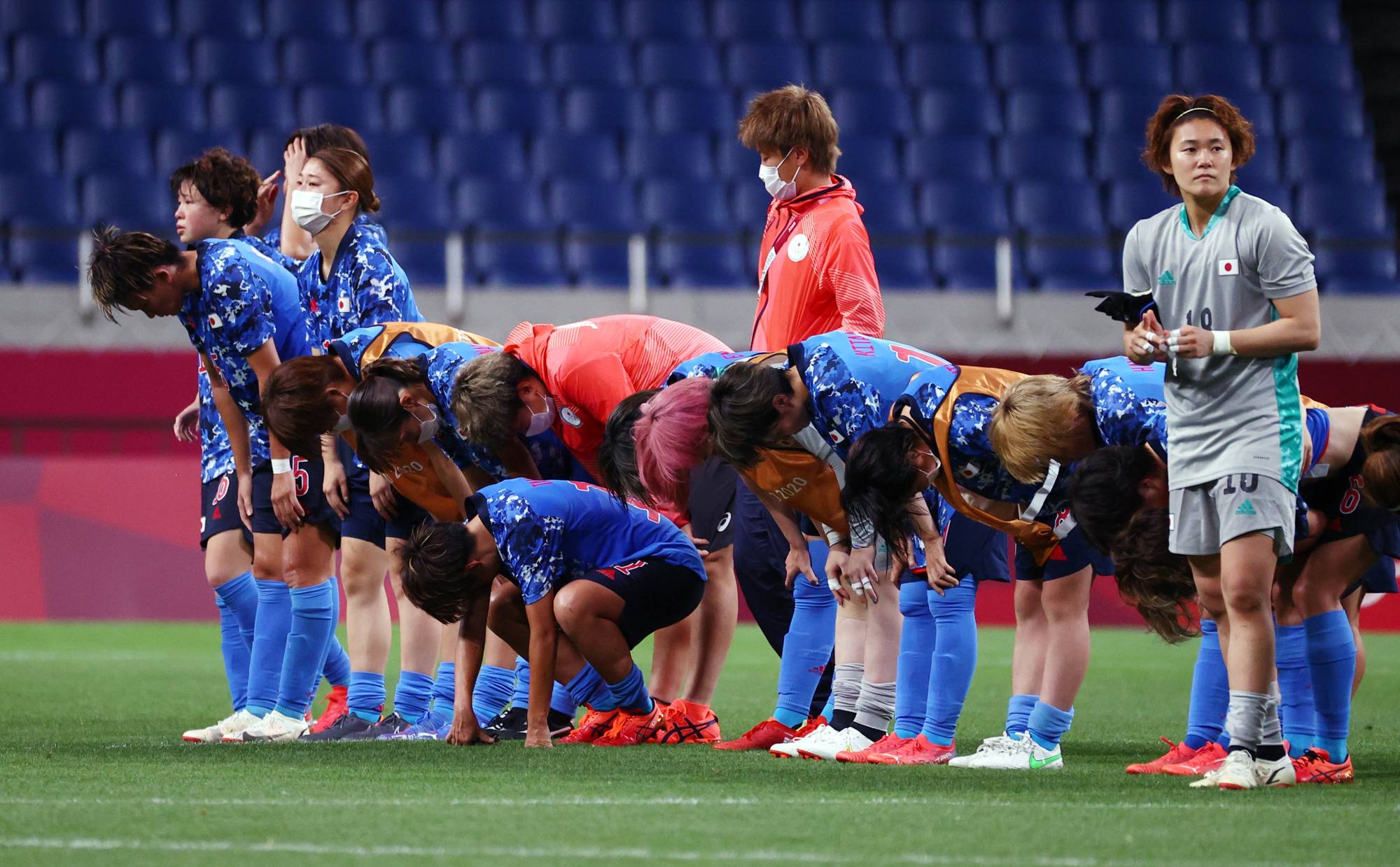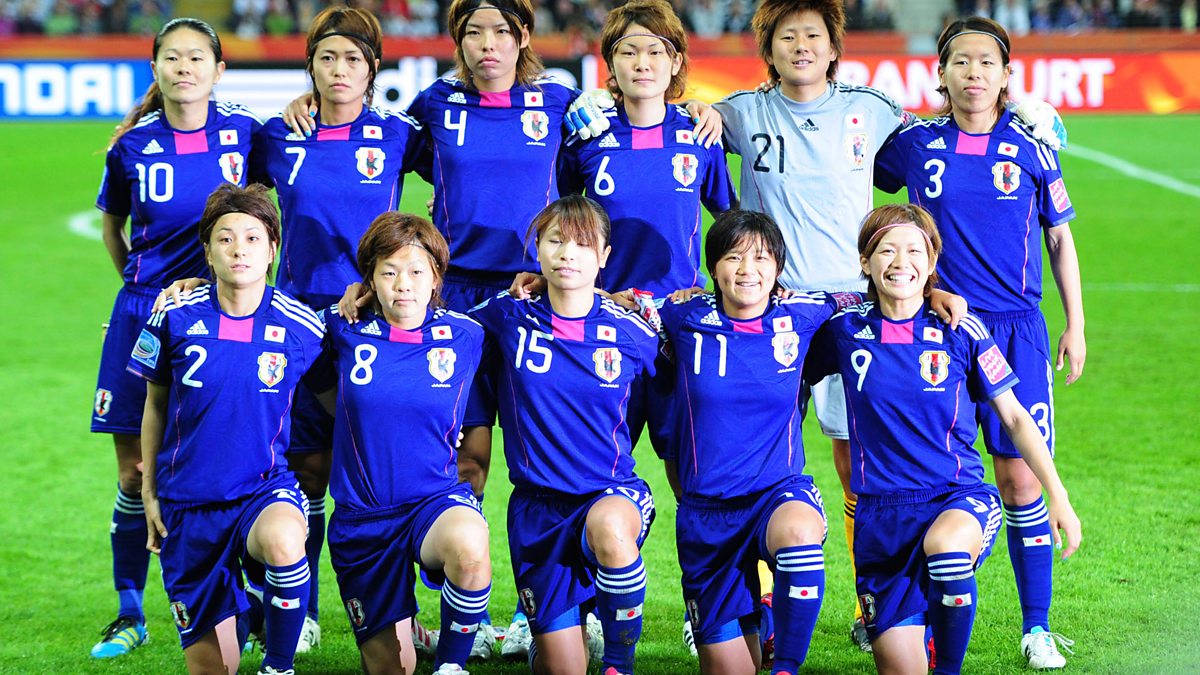Japan League Cup Women, a burgeoning force in Japanese women’s football, showcases the nation’s rising talent and competitive spirit. This tournament, with its unique format and passionate fanbase, offers a compelling glimpse into the evolution of women’s sports in Japan. From its humble beginnings to its current status, the League Cup has witnessed remarkable growth, attracting top players and generating significant media attention.
This report delves into the history, key players, match analyses, and future prospects of this exciting competition.
The tournament’s structure, encompassing a diverse range of teams from various leagues across Japan, ensures a dynamic and unpredictable season. The competition’s impact extends beyond the field, playing a crucial role in fostering the development of young female athletes and inspiring a new generation of fans. The League Cup’s success story is a testament to the dedication and hard work of players, coaches, and organizers alike, and provides a valuable case study for other aspiring women’s football leagues worldwide.
Japan League Cup Women: A Deep Dive
The Japan League Cup Women, a vibrant and increasingly competitive tournament, plays a crucial role in the development and promotion of women’s football in Japan. This article provides a comprehensive overview of the tournament, encompassing its history, participating teams, match analysis, impact, media coverage, and future prospects.
Overview of the Japan League Cup Women
The Japan League Cup Women’s tournament, while not as established as its men’s counterpart, has steadily grown in stature and significance. Its precise inception date isn’t readily available in publicly accessible English sources, but its evolution reflects the increasing professionalism and popularity of women’s football in Japan. The tournament format typically involves a set number of teams from the top women’s leagues in Japan, competing in a group stage followed by a knockout phase.
The specific number of teams and the qualifying process may vary slightly from year to year, often adapting to changes in the overall league structure. Rules generally adhere to standard FIFA regulations for women’s football, ensuring fairness and consistency. Key moments in the tournament’s history are often marked by exceptional performances from individual players or surprising upsets that reshape the competition’s trajectory.
Further research into Japanese language sources would be needed to pinpoint exact dates and details of significant events.
Participating Teams and Players

A diverse range of teams from various leagues across Japan participate in the Japan League Cup Women. The following table provides a sample representation of participating teams and key personnel; precise details may vary from year to year. Note that this is illustrative data and would require updated information from official league sources for complete accuracy.
| Team Name | League | Notable Players | Manager |
|---|---|---|---|
| INAC Kobe Leonessa | WE League | Mana Iwabuchi, Saki Kumagai | [Manager’s Name – Requires Update] |
| Nippon TV Beleza | WE League | Hinata Miyazawa, Yui Hasegawa | [Manager’s Name – Requires Update] |
| Urawa Reds Ladies | WE League | [Player Names – Requires Update] | [Manager’s Name – Requires Update] |
| MyNavi Sendai | WE League | [Player Names – Requires Update] | [Manager’s Name – Requires Update] |
Key players such as Mana Iwabuchi and Saki Kumagai have consistently demonstrated exceptional skill and leadership, significantly impacting the tournament’s outcomes. The presence of international players adds another layer of competitiveness and attracts a wider audience. Top teams typically exhibit strong defensive structures and a balanced attack, while weaker teams might struggle with consistency and depth in their squads. The impact of international players is multifaceted, often boosting the overall skill level and creating exciting match-ups.
Match Analysis and Statistics
The Japan League Cup Women features a mix of tactical approaches, ranging from possession-based football to more direct, counter-attacking styles. The following table presents example match results; again, this requires updating with current data from official sources.
| Match Date | Teams | Score | Key Moments |
|---|---|---|---|
| [Date – Requires Update] | INAC Kobe Leonessa vs Nippon TV Beleza | 2-1 | Late winning goal by Iwabuchi |
| [Date – Requires Update] | Urawa Reds Ladies vs MyNavi Sendai | 0-3 | Dominant performance by Sendai |
Typical scoring patterns often involve set-pieces and quick transitions. Top goal scorers and assist providers are usually key players from leading teams. A detailed statistical analysis would require accessing official match data. The interplay between different playing styles often dictates match outcomes; possession-based teams might dominate possession but struggle against a well-organized counter-attacking side.
- Top Goal Scorer (Illustrative): [Player Name]
-[Number] Goals - Top Assist Provider (Illustrative): [Player Name]
-[Number] Assists
Impact and Significance of the Tournament
The Japan League Cup Women significantly contributes to the development of women’s football in Japan by providing additional competitive opportunities for players and teams. It boosts the overall visibility and popularity of women’s sports, attracting sponsors and media attention. Compared to similar tournaments in other countries, the Japan League Cup Women’s tournament occupies a specific niche within the Japanese sporting landscape, reflecting the unique structure of women’s football leagues in the country.
A hypothetical change, such as expanding the number of participating teams or altering the tournament format to include a play-off system, could significantly affect its popularity and competitiveness. For example, a larger number of teams might increase regional participation and fan interest, but could also make scheduling more complex.
Media Coverage and Fan Engagement

The extent of media coverage for the Japan League Cup Women varies; while it may not receive the same level of attention as the men’s leagues, there is growing media presence, including television broadcasts and online streaming, particularly on dedicated sports channels and online platforms. Social media engagement is also increasing, with teams and fans utilizing platforms like Twitter and Instagram to share updates and interact.
A hypothetical marketing campaign might involve targeted social media advertising, collaborations with influencers, and creating engaging content that highlights the athleticism and skill of the players. The goal would be to create a more immersive fan experience.
Future Prospects and Challenges
The future of the Japan League Cup Women depends on several factors, including continued investment in women’s football, increased media coverage, and growing fan engagement. Challenges include maintaining competitiveness, attracting sponsors, and ensuring the long-term sustainability of the tournament. Potential improvements could include enhanced broadcast quality, more interactive fan experiences, and greater integration with youth development programs. The long-term sustainability of the tournament relies on building a strong foundation, nurturing young talent, and fostering a passionate fanbase.
Continued investment and strategic planning are crucial to ensure the tournament’s growth and success.
Check how to watch league one in australia to inspect complete evaluations and testimonials from users.
The Japan League Cup Women stands as a beacon of progress for women’s football in Japan, demonstrating both the country’s commitment to the sport and its potential for future growth. While challenges remain, the tournament’s continued success hinges on sustained investment, strategic planning, and continued engagement with fans and media. The future looks bright for the League Cup, promising even greater excitement and competitiveness in the years to come.
Its impact extends beyond the pitch, inspiring young women to pursue their sporting dreams and elevating the profile of women’s sports within Japan and globally.

